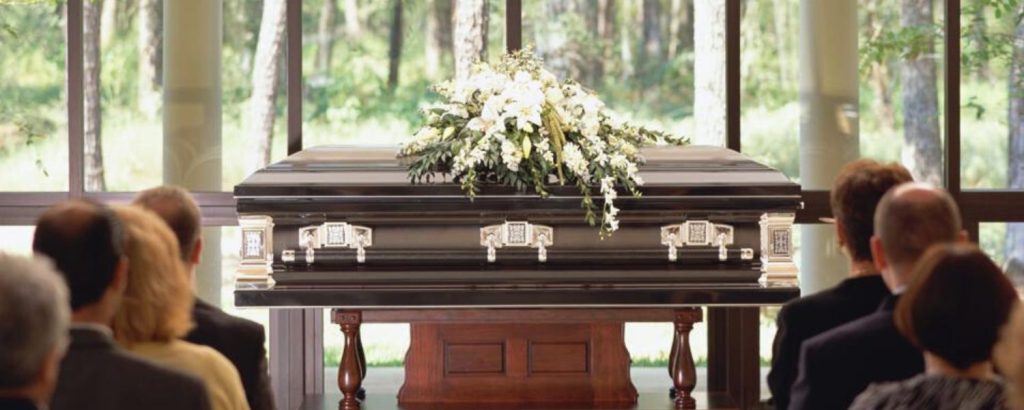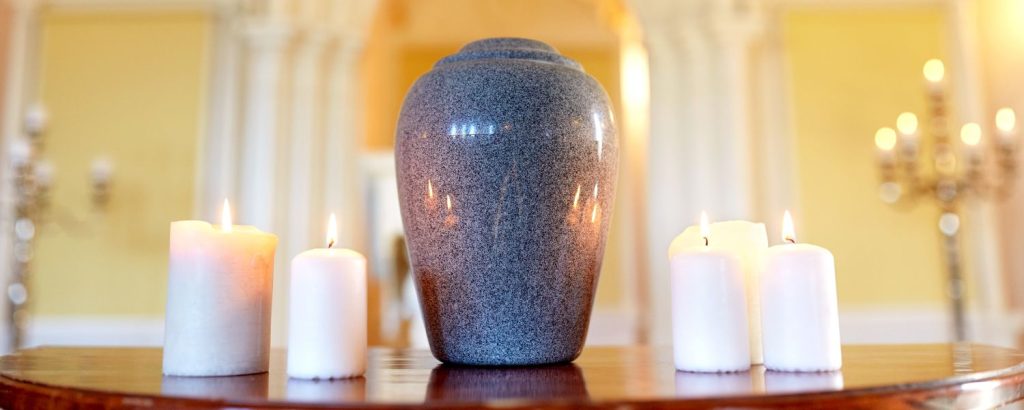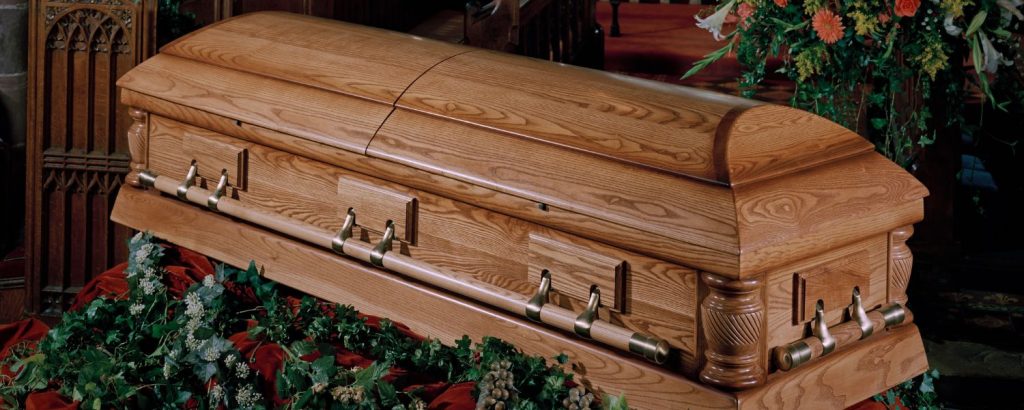

When we have to say goodbye to someone we love, knowing about the funeral process can make things easier. Cremation has become more popular lately because it’s simple and gives families more options. If you’re considering cremation for yourself or a loved one, it’s essential to understand what happens during the process.
What Happens at a Cremation Service?


A cremation service typically begins with a gathering of family and friends to honour and remember the deceased. This can occur at a funeral home, chapel, or any other meaningful location. During the service, there may be readings, music, and speeches to celebrate the life of the person who has passed away.
After the service, the deceased is transported to the crematorium. At the crematorium, the body is respectfully placed inside a cremation chamber. The chamber is then heated to a very high temperature, usually between 760 and 980 degrees Celsius. The strong heat makes the body become small pieces of bone and turns them into ashes.
What Paperwork is Needed for the Cremation Process to Go Ahead?


Certain paperwork must be completed before a cremation can take place. This typically includes a death certificate issued by a medical professional or coroner and a cremation authorisation form signed by the next of kin or designated representative. Additionally, some crematoriums may require a permit from the local government or health department. It’s all part of how to plan a funeral and make sure everything is in order for the cremation process.
How is the Deceased Prepared for a Cremation?


Before the cremation process begins, the deceased is prepared by funeral home staff. This preparation involves several steps to ensure that the process goes smoothly and respectfully:
1. Washing and Dressing
The body is washed and dressed in clothing chosen by the family or specified by the deceased before their passing. This step helps to present the deceased in a dignified manner for any viewing or ceremony before cremation.
2. Removal of Medical Devices and Jewellery
To prevent complications during the cremation process, medical devices such as pacemakers or prosthetics are removed from the body. Jewellery and other personal belongings are also removed and returned to the family.
3. Embalming (Optional)
In some cases, embalming may be performed to preserve the body temporarily. This is typically done if there will be a viewing or ceremony before cremation. However, embalming is not required for cremation in most cases.
4. Identification
The deceased is carefully identified to ensure the correct individual is cremated. This may involve checking identification tags or paperwork provided by the family or medical examiner.
Overall, the preparation of the deceased for cremation is conducted with care and respect, taking into account the family’s wishes and any cultural or religious customs.
Do You Have to Have a for Cremation?


In many places, including Australia, it is not a legal requirement to use a coffin for cremation. However, most crematoriums require some type of container to hold the body during the cremation process. This container can be a traditional casket, a simple wooden box, or an alternative container made of cardboard or other materials.
The purpose of the container is to ensure the safe and respectful handling of the body during transportation and the cremation process. It also helps to protect the cremation chamber and the crematory staff. The type of container required may vary depending on the policies of the crematorium and local regulations.
Families choosing cremation can discuss their options with the funeral home or crematorium staff to select a container that meets their needs and preferences.
What Can You Put in a Coffin for Cremation?
When preparing a loved one for cremation, families often place personal items or souvenirs inside the coffin. This can include photographs, letters, small trinkets, or other meaningful objects that hold sentimental value. These items are placed in the coffin before the cremation process begins.
However, it’s important to note that not all items may be suitable for cremation. For example, items made of plastic, rubber, or other synthetic materials can release harmful gases when burned. It’s best to consult with the funeral home or crematorium staff to determine which items are safe to include.
Ultimately, the decision of what to place in the coffin for cremation is a personal one and should be based on the wishes of the deceased and their family.
Are Cremations Done Individually?
Yes, cremations are typically done individually. Each cremation chamber is designed to hold only one body at a time, ensuring the remains are properly identified and separated throughout the process. This practice maintains the integrity of the ashes and ensures that families receive the correct remains of their loved ones without any confusion or mix-up.
Crematoriums adhere to strict protocols to guarantee the individuality of each cremation. This includes thorough documentation and tracking of the deceased from arriving at the facility until the ashes are returned to the family. By conducting cremations individually, crematoriums uphold the dignity and respect of the deceased and provide peace of mind to their loved ones during a challenging time.
Conclusion
In conclusion, Swanborough Funerals ensures that every part of the cremation process is done with great care and respect for the person who passed away and their family. From the initial arrangements to the final disposition of the ashes, Swanborough Funerals strives to provide support and guidance to families during this challenging time. With their commitment to professionalism and compassion, Swanborough Funerals aims to create meaningful and dignified farewells that honour the memory of those who have passed away.


How much ash remains after the cremation? Do you get all the ash or just a portion of it ?Thankyou
Thank you Leon for your question. This is a very good question.
Once cremation takes place all the cremated remains are returned in the container provided by the cremation. Crematoriums have very strict guidelines around ashes and cremated remains.